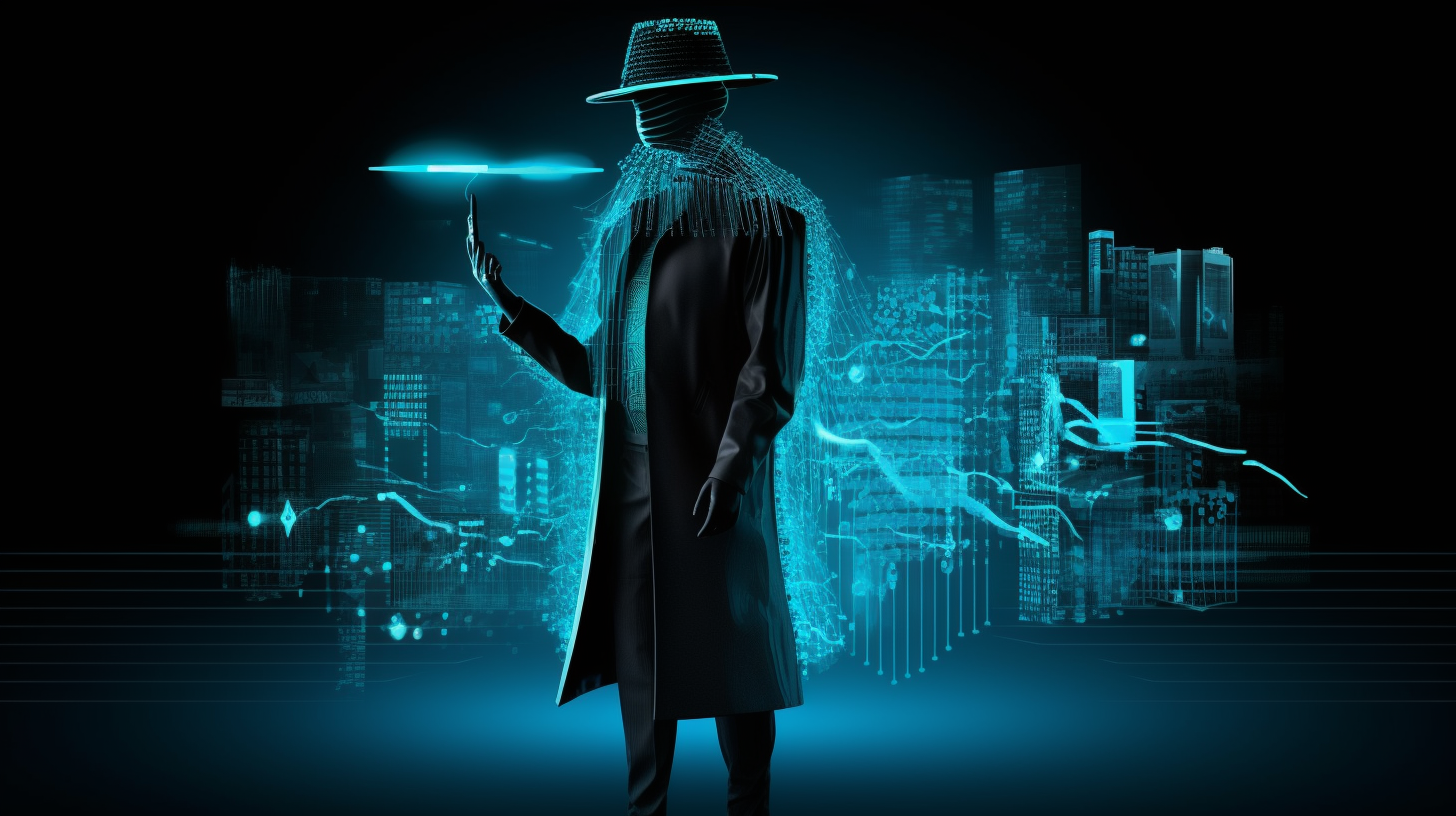Playing Detective: Troubleshooting Common PC Security Issues: A CompTIA A+ Core 2 (220-1102) Exam Guide

Whoa! Grab your hats tightly, as cybercrime isn't a futuristic fantasy anymore. Cybercrime has already infiltrated your living room. Indeed, the crime scene could be your personal computer!
But fear not, dear readers, guess who's hot on the trail of these digital ne'er-do-wells? That's right - you! Let's use our reliable CompTIA A+ Core 2 (220-1102) Exam knowledge to plunge straight into the devilishly intricate world of resolving ordinary PC security challenges.
The Phantom Threat: Malware
Invite the devil, and he might just turn up—or in this instance, talk about malware, and it may just infiltrate your computer. Malware or 'malicious software', a term that sends shivers down your spine, acts like a digital bogeyman, aiming to cause chaos on your PC and swipe your valuable data.
You might now be pondering, what's our next move when dealing with the ghost-like threat of malware? Well, our initial armament is indeed an antivirus. Think of it as our Excalibur like King Arthur’s, or our light saber like Luke Skywalker’s...you get the drift. A carefully chosen and regularly updated antivirus program serves as our unsung hero in our fight against malware.
The Deceptive Dilemma: Phishing
The next issue on our list is phishing, a problem sneakier than a cat burglar and craftier than a fox. This sly threat attempts to dupe you into revealing your confidential information by camouflaging malicious requests as legitimate ones. You'll be as astounded as a dog caught by its tail in a door when you realize you've unwittingly surrendered the keys to your digital realm!
But, folks, we haven't lost everything yet! An eagle-eyed internet user can spot these traps from a mile away. Lookout for tell-tale signs like suspicious sender addresses, generic greetings, dodgy links, and kneeslapper grammar mistakes. And remember, when it smells fishy, it probably is!
The Beast Unseen: Unsecured Networks
Next on our list of virtual villains is unsecured networks. These cyber world’s dark corners are where you're likely to lose your data. Can you imagine? Just sitting in your local café, sipping your latte, and boom! Some digital punk just walked off with your personal information!
What should a law-respecting internet user do in such a scenario? Well, buckle up, folks—it's time for VPN action! A Virtual Private Network offers you digital invisibility, turning you into a shadowy ninja, hard to pin down. It not only hides your browsing history but also encodes your data, rendering it as unreadable as my grandma's antiquated recipes.
The Thunderous Threat: DDoS
We have a final threat to address, one that can bring your computer to its knees quicker than a cannonball—DDoS, or Distributed Denial of Service attacks. This attack, much like a million marching ants, floods your system with traffic from various sources, resulting in a system crash.
To counter this threat, we need a shield, and that's where a well-configured firewall steps in. The firewall behaves like a club bouncer, barring the undesirables, and only letting the good guys through.
Well, that's the whole caboodle, folks! We've sailed through the tumultuous seas of PC security, revealing villains and arming ourselves appropriately. Indeed, the world teems with risks, but we, brandishing our CompTIA A+ Core 2 (220-1102) Exam knowledge, stand ready to tackle these risks with relentless determination. Therefore, donning our detective hats, we roll up our sleeves and dive headfirst into the fine details of maintaining the security of our PCs.